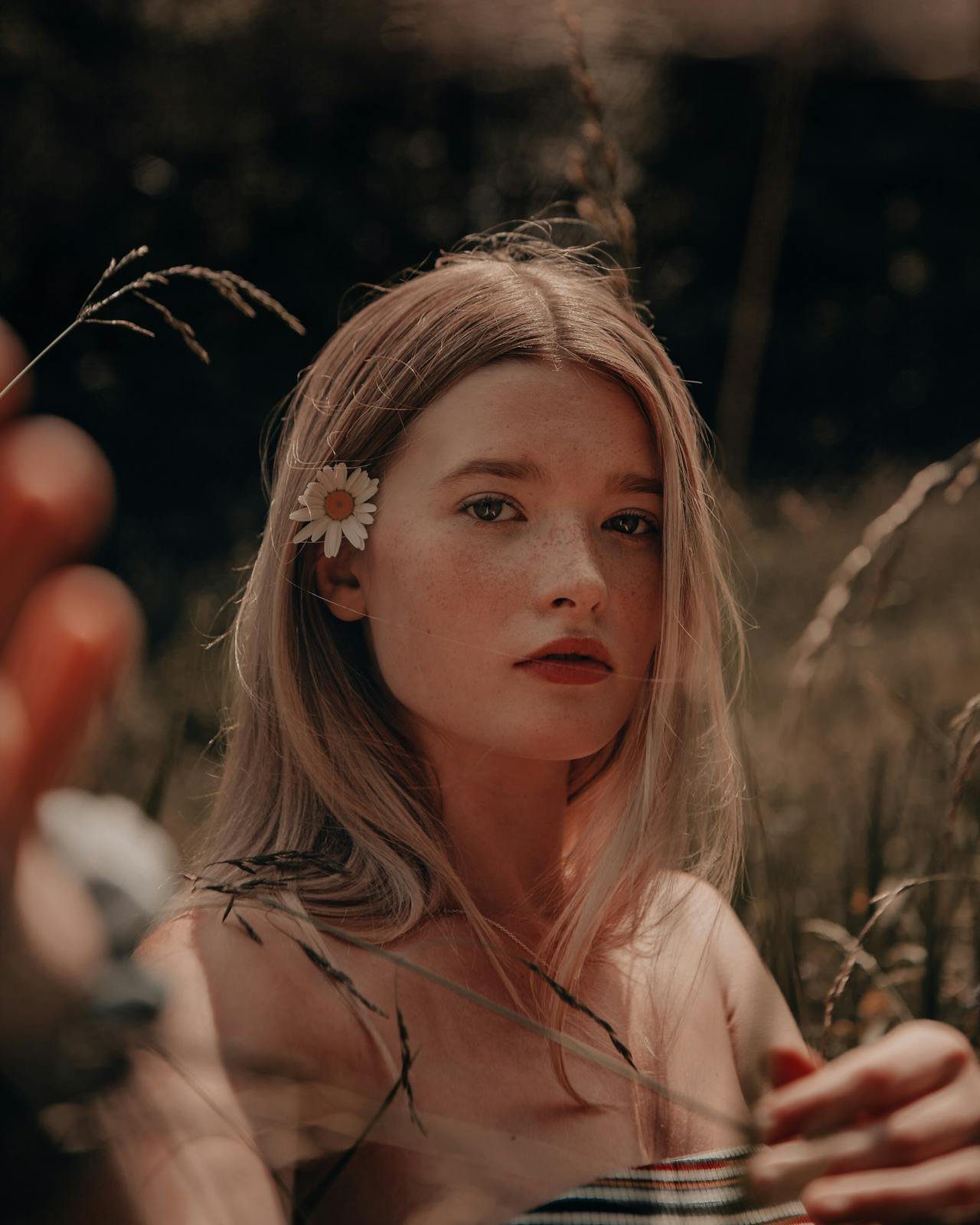Flowers have been an essential part of human culture for centuries, symbolizing love, beauty, and celebration. In recent years, there has been a resurgence of interest in wild-inspired flower arrangements, bringing a touch of nature’s untamed beauty into our homes. In this article, we will explore how famous florists from all over the world have been inspired by mother nature, using her creations as a source of inspiration for their remarkable floral designs. We will delve into the techniques, styles, and materials used in contemporary floristry and discuss how this trend has influenced our appreciation for the natural world.
Translating Nature into Floral Art
Mother nature has always been a muse for artists, and florists are no exception. Prominent florists across the globe have found ways to incorporate the wild beauty of the outdoors into their arrangements. These floral artists not only replicate the colors, shapes, and textures found in nature but also capture the essence and feeling of being immersed in the wilderness.
One notable florist making waves in the world of wild-inspired floristry is Ariella Chezar from New York. Her floral arrangements use an array of unconventional materials, such as twigs, berries, vines, and wildflowers to create a sense of untamed wilderness. Chezar often designs arrangements that are deliberately asymmetrical, mimicking the organic and free-flowing shapes found in nature. Her work showcases the beauty of wildflowers and highlights the importance of preserving our natural habitats.
Elsewhere, in Shizuoka, Japan, Sachiko Otani has gained recognition for her Ikebana arrangements inspired by nature. Ikebana is a traditional Japanese art form that focuses on minimalism and uses specific techniques to express the concepts of space and harmony. Otani’s creations incorporate the balance and tranquility of the wild, evoking a sense of peace and simplicity.
Techniques and Styles in Modern Floristry
Modern floristry encompasses various techniques and styles, with wild-inspired arrangements taking center stage. By embracing the charm of imperfection and asymmetry, florists are able to create designs that closely resemble natural landscapes. One approach often employed by modern florists is the use of the garden-gathered style. This style imitates the spontaneous and carefree nature of wildflowers, which are delicately arranged to appear as if they were freshly picked from a meadow.
Another prominent technique is the use of negative space, where florists intentionally leave gaps within the arrangements to provide room for the individual flowers to shine. This technique draws inspiration from the vastness and openness of natural landscapes.
In terms of styles, many florists have adopted a more naturalistic and freeform approach, straying away from traditional compact arrangements. The aim is to create movement and depth, mimicking natural ecosystems where flowers grow and intertwine in a seemingly effortless manner. These styles are a testament to the evolving relationship between florists and their environment, as they seek to honor the wildness and disorder inherent in nature.
Materials in Modern Floristry
In addition to using traditional flowers, contemporary florists have also embraced a wide range of materials sourced from nature to create wild-inspired arrangements. These materials include branches, leaves, mosses, and even berries. By incorporating elements beyond just flowers, florists can evoke the spirit of the wild and create arrangements that mimic natural habitats.
Sustainability and Wild-Inspired Living
Modern floristry’s focus on wild-inspired living extends beyond floral arrangements. It also encompasses a growing appreciation for the environment and sustainable practices. Many florists now aim to utilize locally sourced, seasonal flowers and materials, reducing the carbon footprint associated with transporting exotic blooms from far-flung locations. This commitment to sustainability fosters a deeper connection between humans and the natural world, encouraging us to value and protect our environments.
